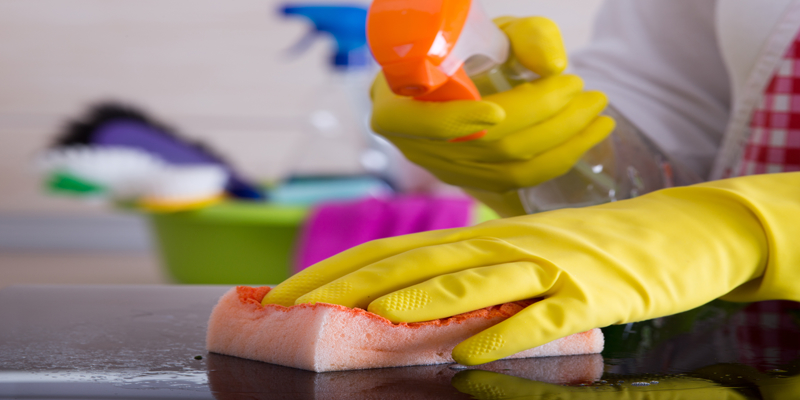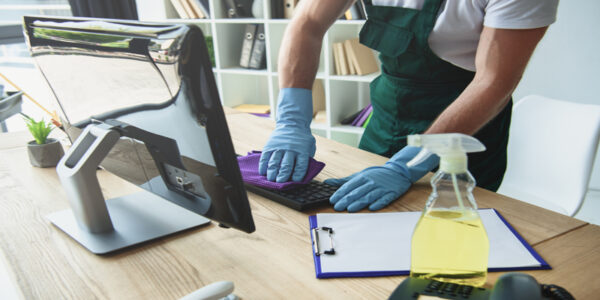Germs and viruses are the last guests we want to invite to our home. Many people believe that the most contaminated items in their home is in their bathroom but that’s a common misconception. According to the National Sanitation Foundation International, the areas in which food is prepared contains more bacteria and fecal contamination than any other places in the home. The bacteria identified were Salmonella and E-coli which is known to cause people to get really sick and in extreme cases, it can be fatal. Here is the most contaminated items in your home you should be aware of:
Sponges and Rags
According to research from NSF International, high microbial concentrations was found in the dish sponges and rags. The high amount of bacteria on sponges and rags is due to our failure to disinfect it after each use. Typically to clean a spill, we get our sponges or rags and wipe it down until it dries out or out of sight. Then we rinse the dirty rags or sponges with water. This is enough for us to think that it is ready for the next wipe but the bacteria from the last spill is still thriving on sponges and rags. This creates a spread of bacteria around the surfaces of our homes. To reduce bacteria and keep our sponges and rags clean, we should disinfect our sponges and rags after each use. There are two different ways to clean sponges and rags separately.
The first way to disinfect sponges is to mix 1/2 cup of bleach in 3 litres of water and let it soak for 5 minutes. Afterwards, we can rinse the sponge under water and let it air dry. The second method is to microwave the sponge that has been saturated with water for 1-2 minutes.
Disinfecting rags is similar to sponges but it takes a little longer. The best way is to put the rags in the laundry machine and when it’s time to dry, put the dryer on high heat option. Another method is to boil the rags for 15 minutes and air dry after.
Lastly, remember to throw away sponges and rags that are worn out after 2-3 weeks.
Source:




